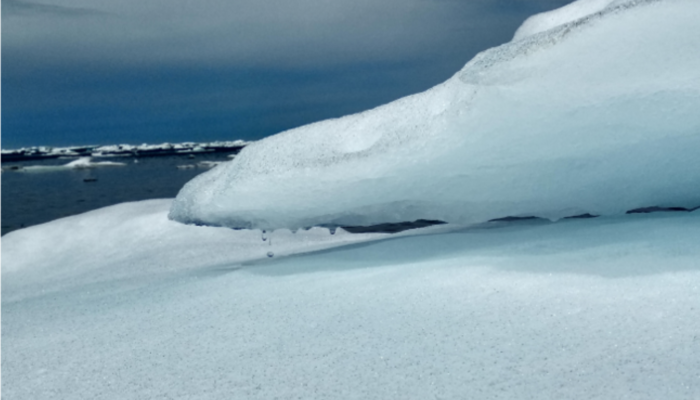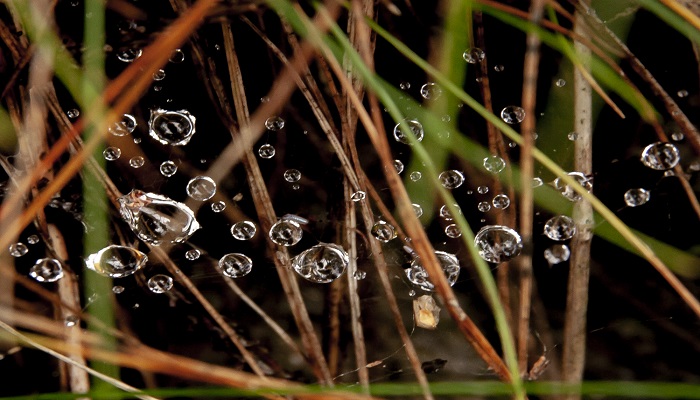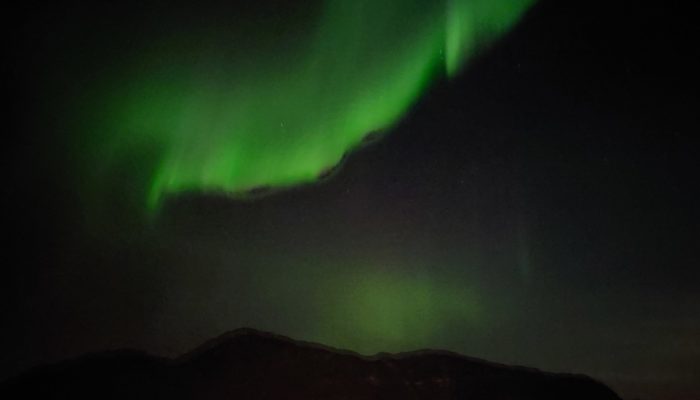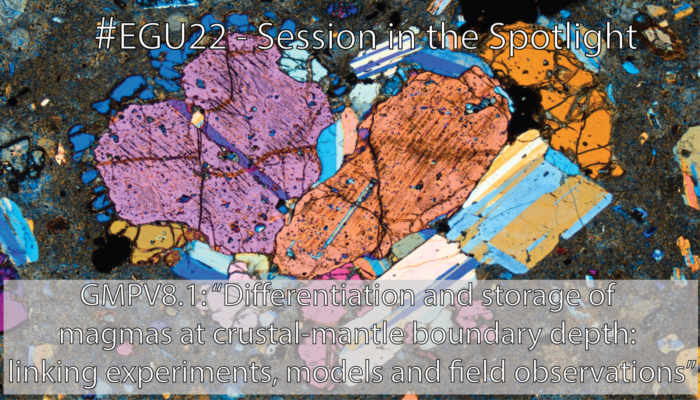It’s no secret that the Arctic is warming faster than the rest of the planet, but why? Polar Amplification (often called Arctic Amplification) is the mechanism at play. In this week’s blog, we find out about its origins and why it happens. Early Discoveries In 1969, Russian scientist Mikhail Budyko and US scientist William Sellers discovered independently that the increase in greenhouse gases comb ...[Read More]
Geodynamics
AGU times
The first hybrid AGU meeting has everything one expects from the AGU – a long line to the registration desk and, a mile walk between the two ends of the conference hall, a large exhibit hall with NASA and their most-desirable calendars at the nexus, and our favorite poster hall to “network” with others – but with an added confusion, palatable emptiness, and no beer in sight! This week is a short b ...[Read More]
Hydrological Sciences
What EGU Division presidents actually do
During the recent EGU Autumn 2021 elections, Alberto Viglione, from Politecnico di Torino, was elected as the new president of the Division on Hydrological Sciences. As a first-time elected division president, he will be inaugurated during the EGU General Assembly in April 2022 in Vienna, and serve for one year as Deputy President after the inauguration. He will then serve as division President fo ...[Read More]
Climate: Past, Present & Future
Life of a Climate Scientists presents: Dr. Kaja Fenn
About the blog series: Life of a Climate scientist Life of a Climate Scientist is a new blog series started by the EGU Climate Division. The main focus of this series is to provide a platform for climate scientists to tell their stories of life in research. We will be covering a wide-range of subjects, from their scientific endeavors and maintaining work-life balance to challenges they have faced ...[Read More]
Nonlinear Processes in Geosciences
NPG Paper of the Month: “Comparing estimation techniques for temporal scaling in palaeoclimate time series”
The NPG paper of the month of July was awarded to Comparing estimation techniques for temporal scaling in palaeoclimate time series by Raphaël Hébert, Kira Rehfeld and Thomas Laepple (https://doi.org/10.5194/npg-28-311-2021). Raphaël Hébert is currently a post-doctoral researcher at the Alfred-Wegener-Institut in Potsdam (Germany) in the Earth System Diagnostics group of Thomas Laepple, where he a ...[Read More]
Geodynamics
The Sassy Scientist – Including Inclusivity
In a previous post I gave a cristal-clear explanation on what to write in a “teaching statement”, an essential document in your tenure-track application package. In this post I shall offer invaluable insight on an even more obscure document required for academic job hunters, by answering Inessa’s question: What should you include in your “diversity, equity, inclusion statem ...[Read More]
Cryospheric Sciences
CryoAdventures – Three months in Nuuk, the world’s northernmost capital!
I have just returned from nearly three months in Nuuk, the capital of Greenland, where I was doing my PhD placement at Asiaq Greenland Survey. Read on to find out what science I got up to… everything from mapping mountain glacier snowline change to avalanches! How do you map glacier snowline evolution? During my PhD research placement, I was working at Asiaq Greenland Survey in their Hydrolo ...[Read More]
Climate: Past, Present & Future
Seasonal love letter
Dear Climate enthusiasts, dear EGU lovers, dear early and senior climate scientists, I write to you in the second of two very challenging years for each and everyone of us. We faced many difficulties, hardships, and maybe even some opportunities and it is the time of the year to reflect on that. For geoscientists it is also the time of the year to plan the next conferences and consider what to sub ...[Read More]
Geochemistry, Mineralogy, Petrology & Volcanology
#EGU22 session in the spotlight: Differentiation and storage of magmas at crustal-mantle boundary depth: linking experiments, models and field observations
It’s slowly getting winter in Europe and everybody is slowly starting to finish everything left to do within this year. One thing you shouldn’t forget is to think about an abstract for #EGU22 – the deadline is just within the new year (12. January 2022). But which is the perfect session to accomodate the great science you performed during this year? If you are working on magma ch ...[Read More]
Geodynamics
Navigating the Increasingly Computational Science World – Tools and Ideas to Help!
This week Dunyu Liu a computational scientist at the Institute of Geophysics at the University of Texas at Austin, shares his tips, tricks, and best practices for painless code development. The scientific world is becoming more and more computational, with numerical methods and models being critical to many disciplines such as geodynamics, earthquake dynamics and climate modelling to name a few. M ...[Read More]









